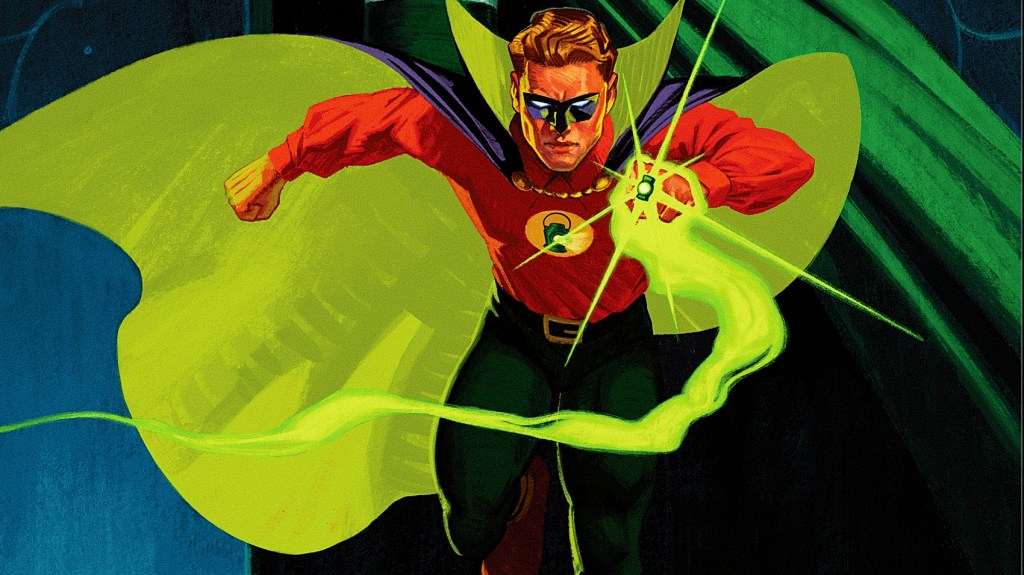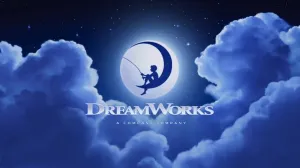While it’s no secret to DC Comics fans that there is more than one Green Lantern, what is less widely known is that there was a Green Lantern who operated independently, outside the oversight of the Green Lantern Corps, and without needing its Central Power Battery. He wasn’t an intergalactic law enforcement officer with a mandate to protect and serve his “beat,” but rather followed his own personal code of conduct and crime-fighting methods – a private investigator in contrast to the Corps’ model police force. Despite being an exception to the typical role and rules of Green Lanterns as portrayed in contemporary stories, this independent Green Lantern remains an important figure in Green Lantern lore, with a long-lasting impact on the meaning of being an Emerald Gladiator.
Videos by ComicBook.com
Debuting in All-American Comics #16 in 1940, Green Lantern is one of the DC Universe’s oldest characters. While Hal Jordan is widely known as the Green Lantern of the modern era, his fateful meeting with Abin Sur wouldn’t occur for another 19 years after the character’s initial arrival on the comic book scene. The Green Lantern, who first appeared over 85 years ago, was actually Alan Scott — the original Green Lantern — whose origin story was unlike any that followed.
The Power of Alan Scott’s Green Lantern Has Strong Occult and Supernatural Elements

Alan Scott wasn’t gifted his Green Lantern abilities—they found him. After surviving a catastrophic accident involving the train he was working on as an engineer, Scott realizes that luck had nothing to do with his survival. Instead, it was the mysterious green lantern he discovered in the wreckage. Forged centuries earlier from a meteorite that struck Earth, the lantern held immense power. As Scott would later understand, the meteorite served as a repository for unstable and dangerous magic gathered from across the universe. Over time, these various forces combined, giving rise to a sentient being known as Starheart.
[ RELATED: DC Gives Alan Scott’s Green Lantern a Heartbreaking New Origin ]
The day of the accident, Starheart essentially chose to bond with Scott. As a result, not only did it protect him from the harm that other passengers and colleagues on the train suffered, but it also granted him access to its immense power. Following Starheart’s instructions, Scott forged a ring from the metal of the lantern, which he then wore. Like later Green Lanterns, Scott was able to harness Starheart’s power through the ring, but it wasn’t solely his willpower at work. Since Starheart is sentient, it influenced both what it was willing to do and subtly affected how Scott responded to certain situations.
For instance, in Justice Society of America #8, Green Lantern faces off against the villain Ian Karkull. When Karkull gains the upper hand, the Starheart itself intervenes—protecting Scott in a way his own willpower could not. This reveals a crucial distinction: Scott’s ring isn’t merely a tool for channeling his abilities but a conduit through which he and the Starheart collectively wield their combined power—his technical prowess and its ancient magic. This mystical connection sets Scott apart from later Green Lanterns, whose abilities are rooted in technology rather than arcane forces. Indeed, Scott’s Green Lantern was more like a Jujustu Kaisen sorcerer wielding cursed energy than Hal Jordan wielding a sophisticated piece of tech that digitised his willpower.
The Legacy of Alan Scott’s Green Lantern and Why It Still Matters

While all Green Lanterns tend to grow more competent as they gain a deeper understanding of themselves, their rings, and their interactions, Alan Scott’s development diverged significantly. He didn’t merely improve; he became fundamentally stronger. This is because, as Scott became more familiar with the Starheart, an entity unto itself, the more it integrated with him. This progression reached a point where Scott could tap into the Starheart’s powers without necessarily needing his ring. Conversely, as the Starheart grew accustomed to Scott, it became more willing to let him harness its power without restraint. Ultimately, as documented by his transition into the Sentinel, Scott’s powers stemmed more from his intrinsic integration with the Starheart than from the power granted by his ring.
But Scott’s legacy extends beyond being the iconic Green Lantern wielder. His presence also influenced how the DC Universe regarded the Green Lanterns going forward. To be sure, Scott was not just a hero, but a pillar of the community, as modern-day audiences would view him. Indeed, he was a founding member of the Justice Society of America – the precursor to the Justice League. He was a mentor to Hal Jordan, the Green Lantern who defined the role, and he played a significant, if subtle, influence on future generations of Lanterns.
When considering the full scope of Scott’s legacy as a Green Lantern, it’s clear he was an outlier — one whose influence shaped how the world perceives and understands the Green Lantern hero. He exemplified adaptability, proving that a hero can evolve with the times and remain relevant. The 2023 reboot of his story, which reimagines him as LGBTQ, reinforces this idea. Beyond his status as a hero with one of the biggest hearts, however, Scott stands as a perfect embodiment of timeless heroism.








